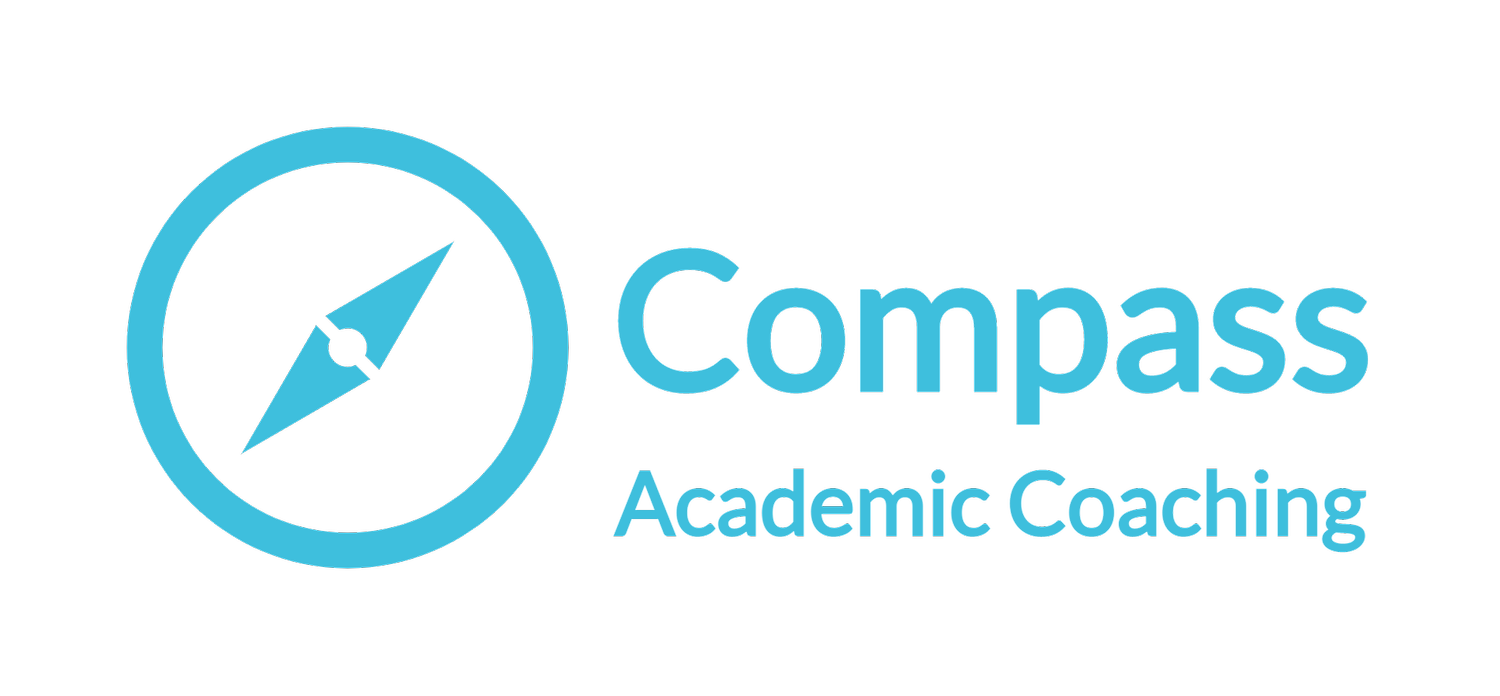Gap Vs. Problem: What’s the difference?
Let’s talk about gaps and problems in social science research.
Most doctoral students I work with get tripped up on the distinction between the two. So let’s spend some time considering gap and problem to build research design and reporting skills. (Note that some researchers label writing moves in different ways. I’ve seen students explicitly told to write a “problem statement” that I would call a gap statement. As writers we are always writing for a particular audience, and if you are writing a dissertation that’s your advisor and committee.)
We’ll start with the problem. To my eye, a social science problem needs to be something in the real world that is making life difficult for people. Usually it can be documented with numbers. Some examples from published journal articles:
In recent years, there was a growing recognition of the challenges faced by doctoral researchers, as their professional identity transforms from student to researcher [1]. Multiple systematic reviews emphasized the prevalence of mental health issues among this population, revealing a global ‘doctoral mental health crisis’ [2–4]. For instance, a survey of Belgian PhD students found that 51% of them experienced psychological distress, surpassing rates in other highly educated populations [5]. Similarly, studies in England showed low levels of doctoral wellbeing [6,7]. https://www.mdpi.com/1660-4601/20/20/6953
Academic writing poses unique challenges to learners, who may benefit from enhanced metacognition. https://journals.sagepub.com/doi/full/10.1177/0741088320984796
The problem gives us a reason to do research. We want to make things better. The problem is like a north star that guides our research design decisions.
Now, what about the gap? The gap is a hole in the scholarly literature related to our real world problem. So we looked for our problem out in the real world; to find the gap we enter the realm of journal articles and scholarly books. We have to read a lot to know what other scholars have already figured out and what they’ve left out. Gaps are demonstrated through the literature review as you categorize and summarize previous studies, illustrating patterns in what has been done and what hasn’t. At the end of the literature review, you sum up what’s missing. Examples:
Overall, the available literature highlights the importance of doctoral mental health while underscoring the lack of evidence-based interventions to promote it. https://www.mdpi.com/1660-4601/20/20/6953
most of the work on metacognition has not addressed writing by doctoral students learning to write for publication, especially in STEM (science, technology, engineering, and mathematics) disciplines, and in general, evidence is needed to support the current theoretical conceptualizations of writing expertise. https://journals.sagepub.com/doi/full/10.1177/0741088320984796
I think people get confused between gap and problem because gaps are problematic—there’s something we don’t know that we want to know. Also, some researchers come to their interest in a topic because of a gap in the literature, and they aren’t sure what real-world problem their gap connects to. Often there can be more than one real-world problem that a research project potentially addresses, so the researcher has to pick one. For example, when I research literacy practices of doctoral students, I can connect my research to either of the problems in the examples above: 1) many doctoral students have poor mental health, or 2) academic writing is hard to learn. Additionally, I could connect my work to problems of doctoral student attrition or time to completion.
So as you are sifting through your research design and trying to pinpoint your problem and gap, what can you do?
To find your problem:
Learn to identify problem statements in journal articles. Keep a file where you record problem statements in articles that feel aligned to your topic and your concerns. Once you have a list of possibilities, decide which problem feels most compelling to you and most directly connected to the research you are doing.
Think about the various stakeholders who are also interested in your research topic (e.g., school or university administrators, social welfare agencies, hospital staff, parents). What problems concern them?
To find your gap:
Gaps can be demonstrated by citing other researchers’ calls for future research. As you are reading and taking notes on sources for your literature review, track the authors’ calls for future research. Recent published literature reviews on your topic can be especially helpful. Once you have a list of potential research gaps, consider which you can fill.
As you are reading and taking notes on sources for your literature review, also track the basic details of the research questions, methods, participants, and data sources along with the findings. Recording these details in a spreadsheet with each source on a separate row will allow you to look down the columns to spot patterns. For example, as you scan the “participants” column, who is represented and who is left out?
I’d love to hear how you’ve wrestled with gaps and problems in your research!

